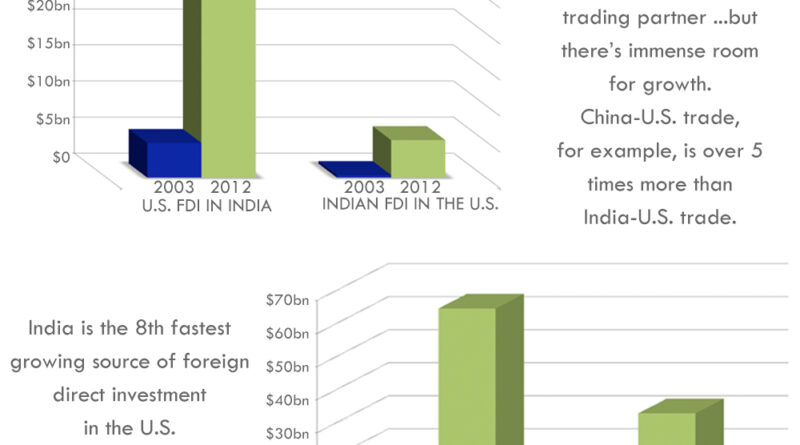U.S. Treasury Secretary Discusses Intricate U.S.-India Relations
The United States Secretary of the Treasury, Scott Bessent, recently labeled the relationship between India and the US as highly intricate, simultaneously portraying a sense of optimism that the two countries might gradually find common grounds. Until now, the relationship has indeed been multifaceted and nuanced, with its fair share of challenges. The overall dynamics are shaped by the interactions between key governmental figures like President Donald Trump and Prime Minister Narendra Modi. Yet, Bessent acknowledges that the complexities extend well beyond the sphere of Russian oil trading.
With India being the planet’s most populous democracy and America being the globe’s mightiest economy, the shared realization of these two nations eventually finding a middle ground is ever-present. The resilience of this partnership is further tested with the recent trade tariffs imposed by the Trump administration. The newly inaugurated additional tariff of 25% on Indian imports of Russian oil made its mark, escalating the total level of duties being implemented by Washington to a stinging 50%.
Despite these pressures, Prime Minister Modi has held firm, communicating that he cannot negotiate or sacrifice the welfare of the Indian agrarian sector, small-scale industries, or cattle-herders under the weight of these trade constraints. He bravely asserted that ‘the pressure on us may increase, but we will bear it’, indicating his resolve to navigate this turbulent economic landscape.
Ironically, Bessent had initially postulated that one of the earliest trade deals signed by Washington would have been with India. That expectation, seemingly simple and straightforward at the first glance, hasn’t actualized. The Indians made their trade negotiation move early after Trump’s proclamation of imposing broad sanctions worldwide, yet an agreement still remains elusive.
Bessent recalled that by May and June, he was quite hopeful that a deal with India would be finalized. India’s strategic approach and pace in the negotiations had led to this anticipation. Yet, the deal has been delayed, predominantly complicated by aspects like the Indian exploitation of Russian crude purchases.
Repeatedly, Bessent has expressed faith in the eventual resolution of these issues, believing that both nations will ultimately unite in their common objectives. Even though he admitted to observing some tactical maneuvering by the Indians throughout the tariff discussions, he emphasized that as the country with a trade deficit, the US is actually at an inherent advantage.
Bessent further elucidated his perspective on these commercial discrepancies. When trade relationship encounters profound divergence, it is usually the surplus country that should be more concerned. He pointed out that since India is the seller in this scenario, they are the ones implementing high tariffs, leading to a substantial deficit for the US.
Bessent was questioned about potential concerns over India stepping into trade with the BRICS nations using the rupee instead of the US dollar. To this, he replied that there are an array of economic dimensions that cause him worry, but the prospect of the rupee becoming a reserve currency isn’t one of them. He highlighted that the rupee, in the current scenario, is at an all-time low when compared to the US dollar.
Bessent reflected on the possibility of the US receiving more effective backing from its European allies, given the ongoing efforts by the Trump administration to quell the conflict in Ukraine. A conflict which, according to him, would never have ensued if Trump had been at the helm of the presidency.
In calling for heightened commitment from the European allies, Bessent openly stated, ‘Our European allies need to step up’. Bessent noted that he doesn’t observe these European nations imposing similar tariffs on India. On the contrary, he said, they are the very ones purchasing the refined products originating from the contentious Russian oil.
President Trump implemented equivalent tariffs of 25% on the Indian imports, that was operationalized from the 7th of August. This new set of tariffs was initiated concurrently with the tariffs on nearly 70 other nations. The geopolitical ripples of these strategic maneuvers continue to emerge, reshaping global trade dynamics.
On that same day, Trump declared a doubling of tariffs on Indian goods, leading to an overall tariff of 50% because of India’s transactions involving Russian crude oil. This bold action was accompanied by a 21-day negotiation window – a brief timeline for the countries caught in the crossfire of these trade policies to find a common ground.

